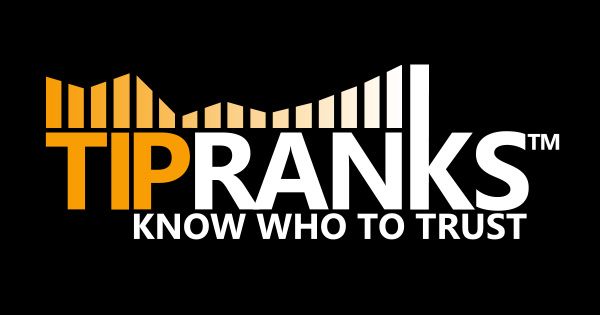Austrian Paper Faces Backlash Over Fake Clint Eastwood Interview

The contemporary news landscape offers a vast and varied array of information, covering a multitude of topics that impact daily life, from local happenings to global trends. Staying informed requires navigating diverse subjects, including political shifts, economic updates, health advisories, environmental challenges, and technological advancements, alongside entertainment and lifestyle news.
In Canadian political discourse, significant attention is being given to international trade relations, particularly concerning potential tariff escalations on U.S. steel and aluminum, prompting calls for federal action. Concurrently, discussions around Indigenous consultation processes and their criticality for development projects are ongoing, alongside parliamentary procedures such as votes on the government's speech from the throne. On the economic front, the Bank of Canada's decisions on key interest rates remain a focal point, especially amidst uncertainties like potential U.S. tariffs. Labour relations also feature prominently, with calls for Canada Post and its union to return to the bargaining table.
Health news encompasses a range of topics from new studies on calorie restriction and its potential link to worsening depression, to debates on forced addictions treatment, and scientific breakthroughs in understanding centuries-old pathogens. Environmental concerns are highlighted by reports of wildfire-hit areas in Manitoba and Saskatchewan, the impact of Canadian wildfire smoke reaching Europe, and troubling trends in global salmon populations. The Sci-Tech world sees developments such as major platforms like Reddit experiencing outages, tech giants like Meta exploring nuclear power for AI needs, and accidental discoveries in astronomy opening new windows into the universe.
Across Canada, local news outlets report on a spectrum of community-specific issues. These include allegations of neglectful care by a Toronto doctor, arrests in connection with violent robberies in Burnaby, B.C., and the tragic aftermath of a crash in B.C. involving a child. Updates on infrastructure projects like the Alexandra Bridge connecting Ottawa and Gatineau, and new local businesses emerge. Public safety issues, such as a manhunt north of London, impaired driving incidents, and arrests in a mass shooting in Scarborough, are also covered. Additionally, human interest stories, like a northern Ontario student excelling at a national spelling bee, and challenges faced by landlords with 'professional' tenants, paint a picture of diverse local experiences. Regional concerns like wildfire impacts in Saskatchewan and Manitoba, and issues such as indecent acts in Winnipeg and missing persons in New Brunswick, are also part of the news cycle.
Beyond national borders, international events capture attention, such as a tragic stampede outside a cricket stadium in India and the somber anniversary of Tiananmen Square, reflecting China's ongoing information control. Entertainment news features updates on iconic figures like Clint Eastwood and retrospectives like a documentary on John Candy, alongside industry news such as rock band Heart offering rewards for stolen instruments. Lifestyle and cultural stories include unique museum exhibits, discussions on divorce registries in Canada, and advice for pet owners on allergies.
Delivering this wide array of news effectively in the digital age relies on a sophisticated infrastructure of content creation and distribution tools. News organizations increasingly utilize a variety of third-party services and platforms to embed rich media, provide live updates, and engage audiences. These tools are essential for presenting information dynamically and comprehensively.
Among the services employed are video platforms from providers like APA (Austria Presse Agentur), Glomex, Vimeo, Youtube, and Brightcove, which allow for the integration of visual storytelling. Live content, crucial for breaking news and events, is facilitated through live blogs and livecenters from organizations such as APA, DPA (Deutsche Presse Agentur), and Sourcefabric. Data visualization and interactive elements are brought in via tools like Infogram for infographics, Storymap for timelines, and Pinpoll for audience surveys. Social media integration is also key, with embedded posts from Facebook, Instagram, and Twitter (now X) allowing for direct engagement and a broader reach. Furthermore, article recommendations from services like Outbrain and iFramely help guide readers to related content, while podcast hosting through platforms like Podigee diversifies the auditory experience. Elfsight widgets offer versatile solutions like content sliders, and Video Intelligence provides video recommendations, all contributing to a richer user experience on news websites.
In essence, the journey of news from event to audience is complex, involving not only journalistic endeavor but also a significant technological ecosystem. The combination of diverse news coverage, spanning local to global issues, and the strategic use of advanced digital tools and third-party platforms, shapes how we consume and interact with information in the 21st century.










